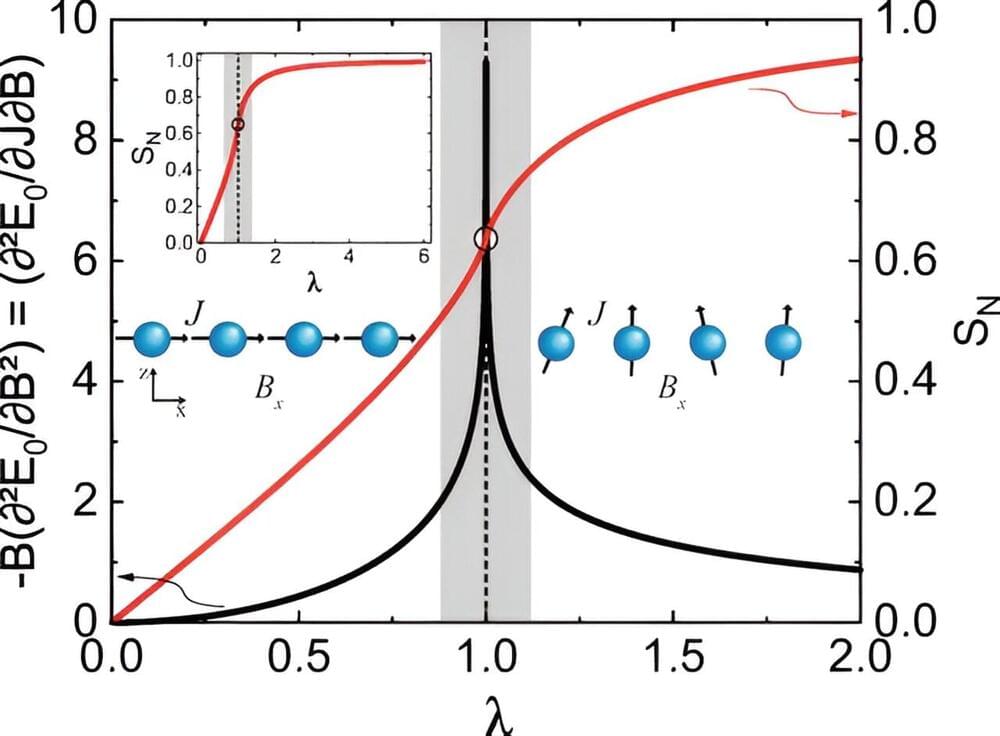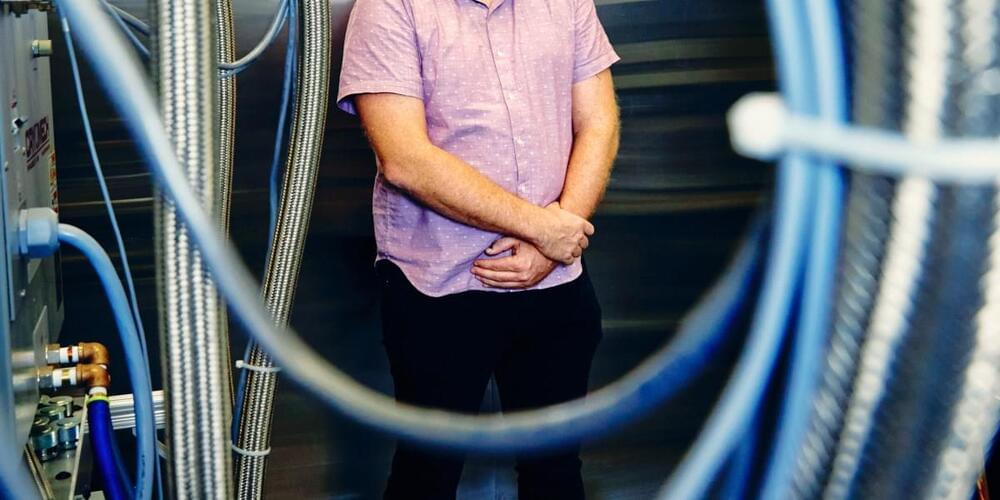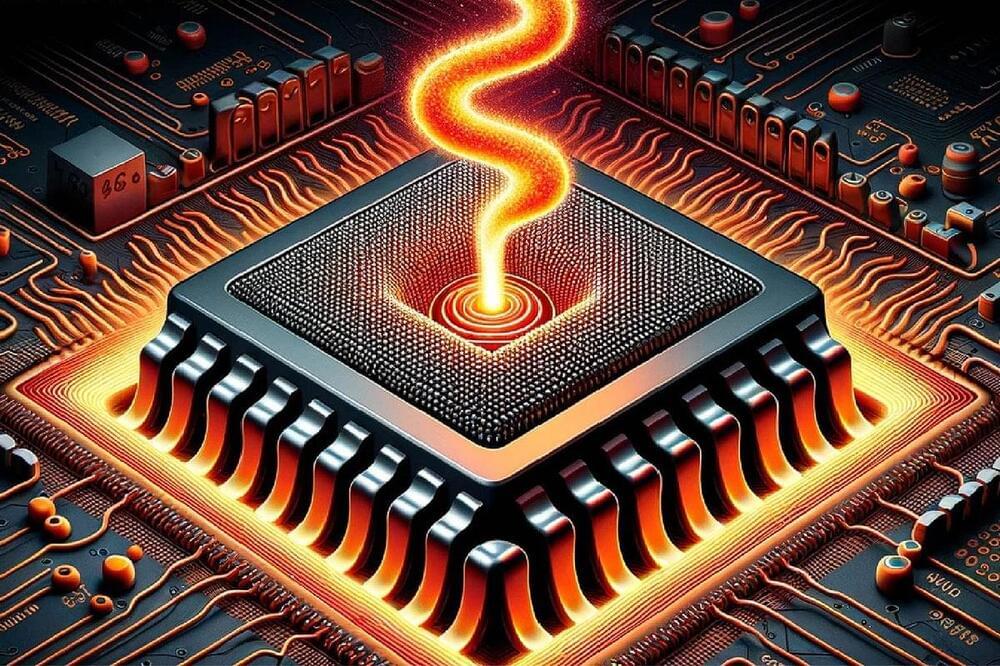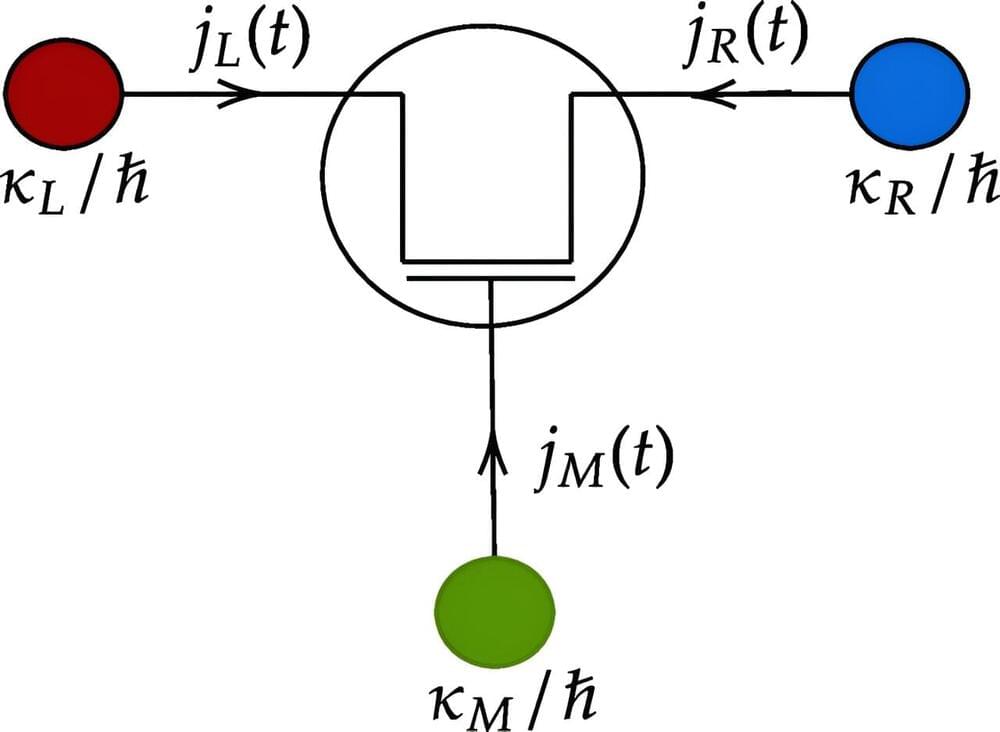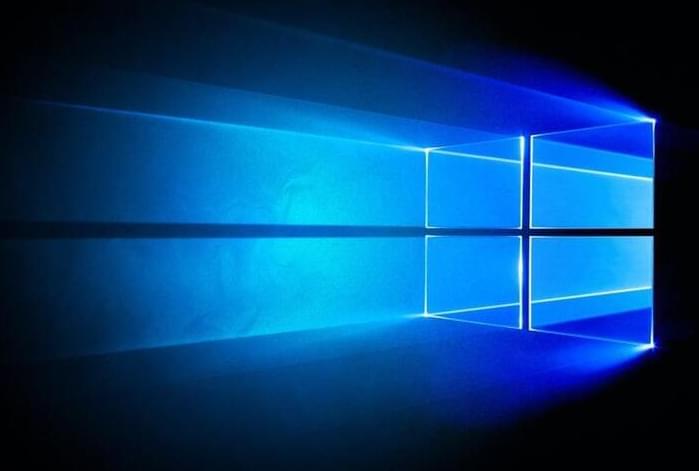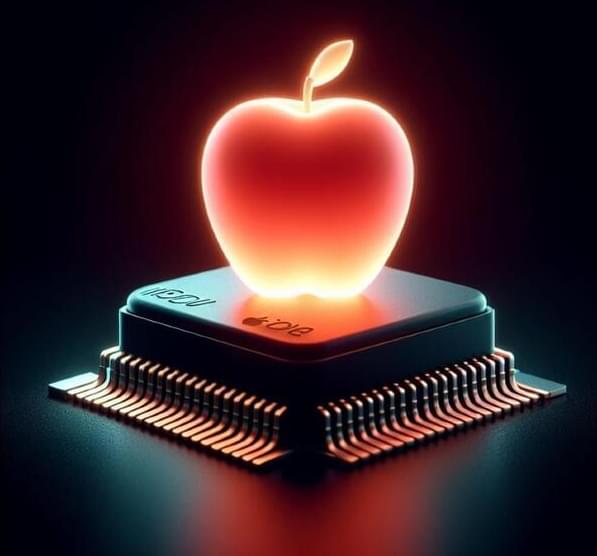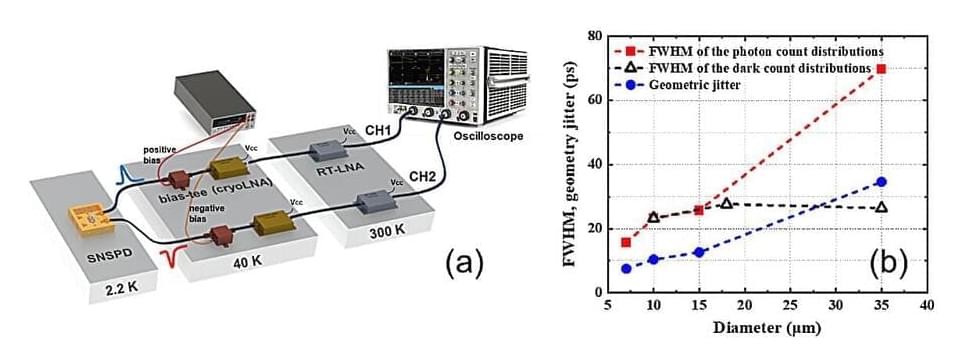Entanglement is a property of quantum physics that is manifested when two or more systems interact in such a way that their quantum states cannot be described independently. In the terminology of quantum physics, they are said to be entangled, i.e. strongly correlated. Entanglement is of paramount importance to quantum computing. The greater the entanglement, the more optimized and efficient the quantum computer.
A study conducted by researchers affiliated with the Department of Physics at São Paulo State University’s Institute of Geosciences and Exact Sciences (IGCE-UNESP) in Rio Claro, Brazil, tested a novel method of quantifying entanglement and the conditions for its maximization. Applications include optimizing the construction of a quantum computer.
An article on the study is published as a letter in Physical Review B.
